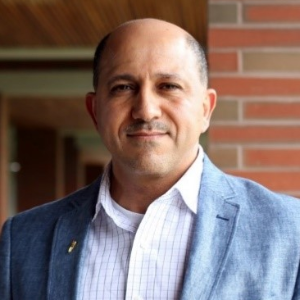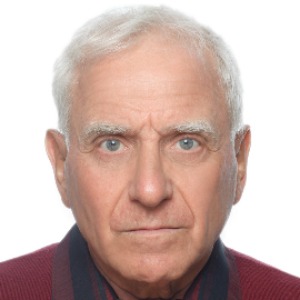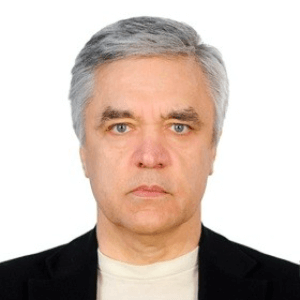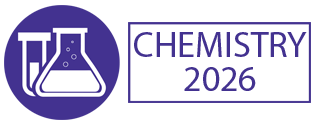Biological Supramolecular Chemistry
Biological Supramolecular Chemistry Is A Rapidly Expanding Field Of Research Focused On The Intimate Relationships Between Biological Systems And The Physical And Chemical Behavior Of Their Components At The Molecular And Supramolecular Level. It Seeks To Understand The Complex Interplay Between The Various Molecules In The Cell, With The Aim Of Developing New And Innovative Treatments For Disease. Biological Supramolecular Chemistry Is Concerned Not Only With The Chemistry Of The Proteins, Nucleic Acids And Other Macromolecules That Make Up A Cell, But Also With The Chemistry Of The Environment In Which These Molecules Interact. The Elegant Molecular Dances Of Nucleic Acids, Proteins, Enzymes And Cell Membranes Have Been Of Interest To Chemists For Centuries, And The Systematic Study Of These Associations To Elucidate The “Rules Of Engagement” Is The Foundation Of Biological Supramolecular Chemistry. Supramolecular Architecture And Molecular Recognition Principles Form The Basis Of Biological Supramolecular Chemistry, And The Driving Force Behind Such Interactions Is Usually Something Called A “Cofactor.” A Cofactor Is A Binding Partner That Modulates The Interaction Between Two Molecules Or Macromolecules. A Myriad Of Cofactors Activate And/Or Inhibit The Activity Of Proteins Within A Cell. Biological Supramolecular Chemistry Has The Potential To Provide Transformative Advances In Our Understanding Of Disease. Consequently, New And Improved Strategies For Developing Effective Therapies While Eliminating Unwanted Side Effects Are Emerging From Such Studies. For Example, Inhibition Of Gene Expression By Knocking Out Messenger RNA Is Now Used To Reduce Cholesterol Levels And Treat Certain Cancers. Moreover, The Use Of Peptides As Targeted Drug Delivery Systems Has Improved The Efficacy And Toxicity Profile Of Drugs. By Designing Designer Molecules That Facilitate Interconnections Between Macromolecules, Biological Supramolecular Chemistry Has Created Potential Treatments For Many Other Conditions, Including Cardiovascular Disease, Diabetes And Neurological Disorders.

Hossam A Gabbar
Ontario Tech University, Canada
Victor John Law
University College Dublin, Ireland
Alexander Bagaturyants
National Research Nuclear University MEPhI, Russian Federation
Sergey Suchkov
N.D. Zelinskii Institute for Organic Chemistry of the Russian Academy of Sciences, Russian Federation
Shree Niwas Chaturvedi
Centre for Aptitude Analysis and Talent Search, India
Pieter Samyn
SIRRIS, Belgium




Title : Advances in plasma-based radioactive waste treatment
Hossam A Gabbar, Ontario Tech University, Canada
Title : Unraveling the ultrastructure and functions of the neuronal membrane skeleton using super-resolution fluorescence microscopy
Zhou Ruobo, Djillali Liabes University of Sidi Bel Abbes, Algeria
Title : Solar box cooker dehydration, and relative humidity endpoint detection, of lamiaceae culinary leaves on the island of Crete
Victor John Law, University College Dublin, Ireland
Title : Nutrient and heavy metal loads from the Ribeiras to Coastal zones: A land-ocean continuum perspective in Madeira Island
Aracelis Del Carmen Narayan Rajnauth, University of Porto, Portugal
Title : Prospective polyoxometalate-based covalent organic framework heterogeneous catalysts
Arash Ebrahimi, Comenius University Bratislava, Slovenia
Title : Eliminating implant failure in humans with nano chemistry: 30,000 cases and counting
Thomas J Webster, Brown University, United States